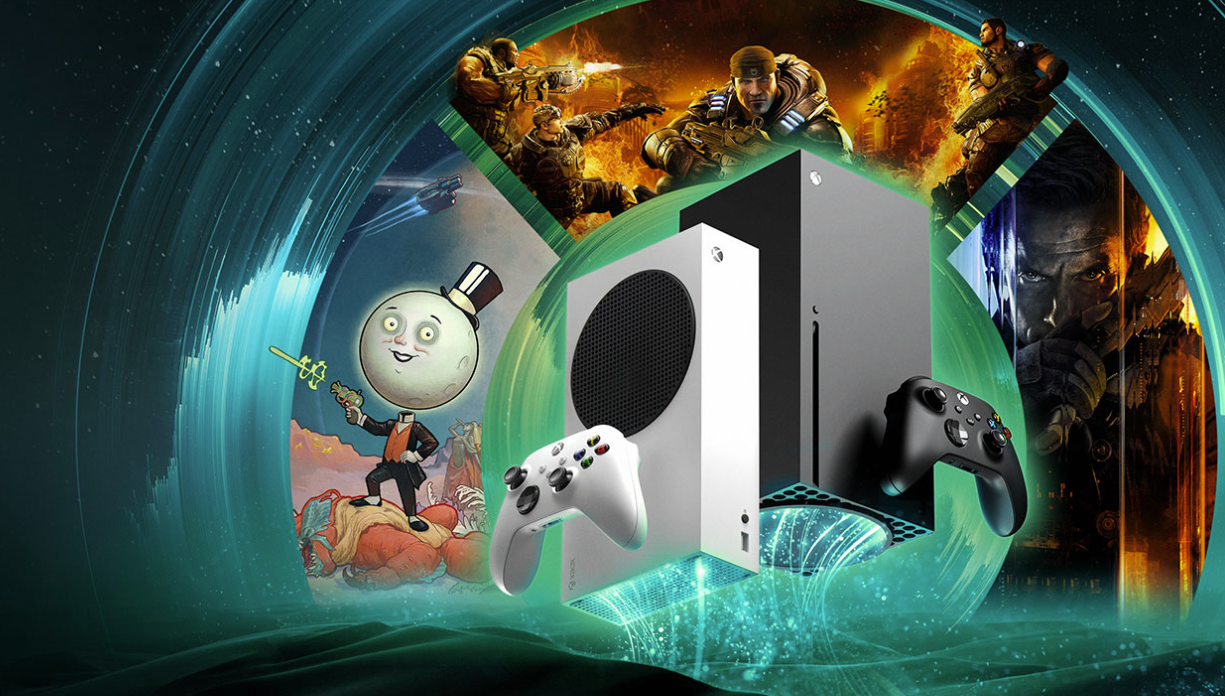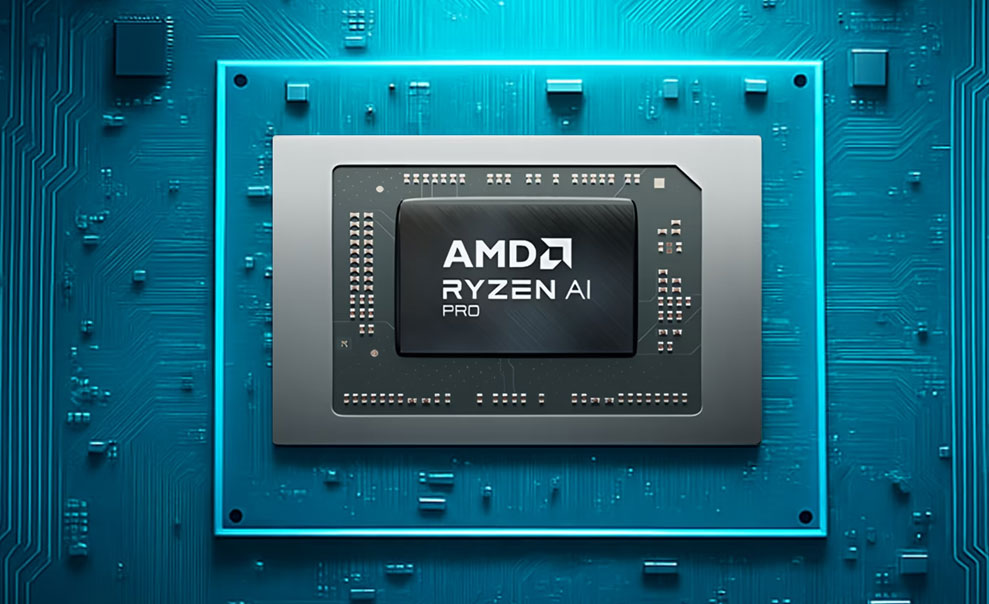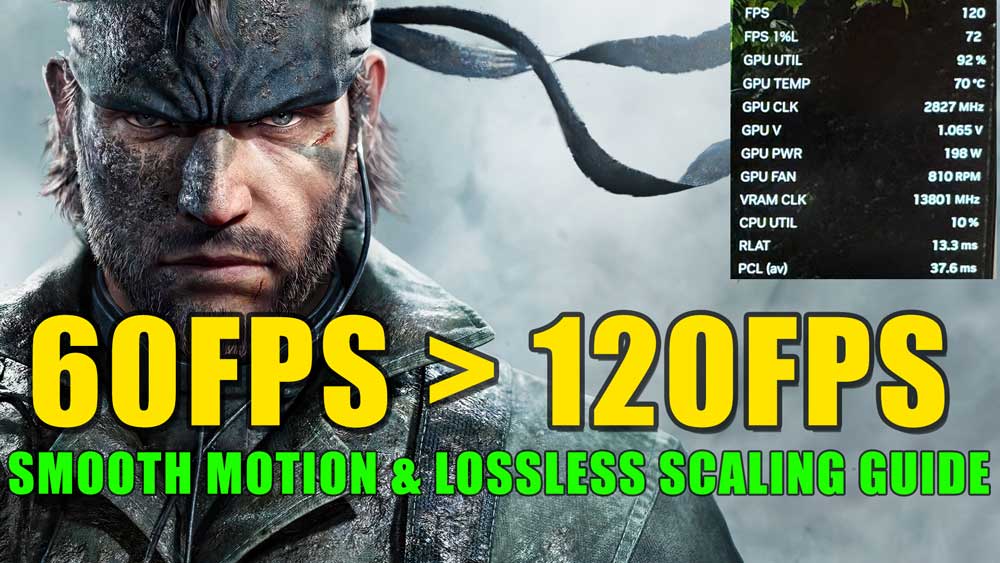Want more frames per second for the princely sum of… zero? Well, of course you do; because you’re smart. And so, once again Resizable Bar has been in the news – particularly concerning Nvidia’s RTX 50 (and other modern GPUs) due to how the drivers behave with some software titles. In the nutshell, Resizable Bar isn’t always enabled by default on all applications for Nvidia, but while you might well be missing out on free performance, there’s a reason that the toggle isn’t a good idea to globally set to ‘on’.
In this article then (I’ve also linked a video), I’ll a little bit in to what Resizable Bar actually is, why Nvidia does things how they do and of course, how you should actually use resizable bar to improve performance of your games and applications.
Starting things off with a quick history lesson; modern day graphics cards have… well, more memory than GPUs released back when the early PCIe standard was coming up, and certainly when operating systems were 32 bit. Basically speaking, back in those days you might have a GPU with 512MB RAM, 1GB, 2GB… but now, 8GB is very much considered lower end, with cards such as the RTX 5080 sporting 16GB, the RTX 4090 coming in with 24GB, and the mighty RTX 5090 weighed down with 32GB RAM.
This means that not only does more ‘stuff’ get crammed into that memory (such as textures, ray tracing and compute, geometry etc), but more ‘stuff’ needs to be transferred at a time. The real weakness with systems without REBAR is that the max amount of data which can be sent into the GPUs memory at once is 256MB; and back in the day this was a lot of memory, now… not so much.

So then, with an update to BIOS (and a CPU/motherboard platform which can support it, which would be Intel 10th Generation or AMD Ryzen 3000, roughly speaking) you have the basics for the hardware support. Within the BIOS, you’ll want to enable both 4G Decoding and Resizable Bar (REBAR, Smart Access Memory… it’s got many names, and you’ll perhaps need to google around for your motherboard if the feature isn’t already on).
Assuming all of that is done, and you’ve a modern RTX series graphics card (eg, RTX 30 or newer) then you’ve many of the basics needed to run resizable bar.
But, wait – things aren’t that easy. If you’re thinking that all games are going to just run with REBAR enabled, then I’ve got some bad news for you (they won’t, in case you can’t take a hint). If you download Nvidia Profile Inspector, you will be given access to the handling of lots of different games and software by Nvidia’s drivers. Various games here are listed, everything from Last of Us, to Control and Alan Wake 2, Spiderman 2, Resident Evil 8 village and of course, older games too.

But, if we first spend a moment scrolling down the Nvidia Profile Inspectors ‘Global’ profile, these are the default behavior for games, and you’ll see that indeed, the global setting for REBAR is set to off… what gives? Well, the answer is pretty simple: some software hasn’t been tested by Nvidia and therefore the ‘play it safe’ way is to have REBAR disabled. Othertimes, enabling Resizable Bar can cause stuttering or performance problems (or crashes) for some configurations. From my understanding, this seems more likely with GPUs with less VRAM (ie, stuttering mess is more possible with 8GB VRAM rather than 16).

In other titles, well you’re good go. Now, an example of this: look at God Of War Ragnorak and then take a gander at Control. You’ll spot that with God of War, resizable bar is disabled, but Control proudly has it enabled. During their internal testing and driver release, Nvidia realized REBAR is a ‘good thing’ with Control, but at least with some hardware configurations REBAR can cause problem for Kratos, so they played it safe.
With that said though, REBAR is definitely worth playing around with; because performance improvements can be significant (up to 10 percent ish, depending on the game and configuration). And while God of War (and many other titles I tried) did default to REBAR being off, during my testing; I’ve found that REBAR actually was stable on my RTX 5090.

I should also take a moment to mention, that if you want to sanity check whether Resizable Bar is running; not only can you of course check the profile inspector, but during running a game you can use Special K. I can’t fully cover what Special K does here, but it calls itself the Swiss Army Knife of PC gaming for a reason; and under the Display options you can see that Resizable Bar is enabled in the image for God Of War above; that’s because I went to the GoW Ragnorak profile and enabled it. If it’s not enabled, it’s properly reflected (of course) in Special K.
Also, despite some reports that this is only beneficial / applicable for Intel users; this isn’t true. The driver behavior with Nvidia’s drivers is largely the same between Intel and AMD platforms, and in this case I’ve chosen to test on an AMD Ryzen 9950X3D on an NZXT N9 890E motherboard with 48GB DDR5 memory running at a speedy 7600Mts. Also, I’ve tested with Windows 11, for what that’s worth.
I’ve included some benchmark comparisons below:


In Doom the Dark Ages we see essentially no performance improvement with REBAR enabled or disabled on the RTX 5090, I tested two different scenarios. The first was with 4K DLSS Performance, with everything set to Ultra Nightmare, and the second was the same, albeit enabling both X2 frame generation and Path Tracing. I ran the built in benchmark, with the ‘siege part 1’ being the demo level of choice, as it’s a pretty punishing early section of the game.


God of War Ragnarok increased performance, you’ll see that the average FPS showed a tiny improvement, but the 1% and the frame times generally went up. This time, I opted again for a 4K output, only this time leveraging DLAA and of course maxing the game out.


Ratchet and Clank is a similar story to God of War; with an early section of the game, I manually ran through the section a few times and with Ray Tracing set to max with full settings; DLSS quality and frame rates improved decently with REBAR.


Silent Hill 2 is an excellent game, but also very demanding. I chose to free up some GPU resources with DLSS performance enabled, though disabled frame generation. Ultimately we’re looking at a modest improveme nt in performance yet again. This is one of the earliest sections of the game, when James is running from the graveyard into the town proper.

Firestrike’s performance soars (at least for me) with the REBAR enabled with my 9950X3D and RTX 5090; basically we’re looking at around 1k extra points to tghe graphics, though of course physics (which tests CPU) doesn’t budge.

If Firestrike’s performance soars, Port Royal gets sent into orbit, seeing a roughly 10 percent gain. Of course, like the other synthetic tests; it’s not exactly something you ‘play’ but it does provide a nice boost if you’re chasing scores for vanity.


Both Time Spy Extreme and Vray essentially did nothing with REBAR enabled, but at least (for me) there wasn’t a loss in performance. Basically; it edges a couple of extra points.
So then, there you have it, the Resizable Bar guide for Nvidia RTX cards. To recap:
- You can use Nvidia Profile inspector to know what the default behavior is for the application / game
- Then use the specific profile for that game/application (ie, God of War) to manually test it
- Avoid using it as a global toggle; it can cause system instability (lower VRAM cards seem more likely to see this occur)
- If the title has a built in benchmark, run it! Alternatively, you could use Nvidia’s overlays (or MSI afterburner etc) to figure out if it’s a net positive or negative





